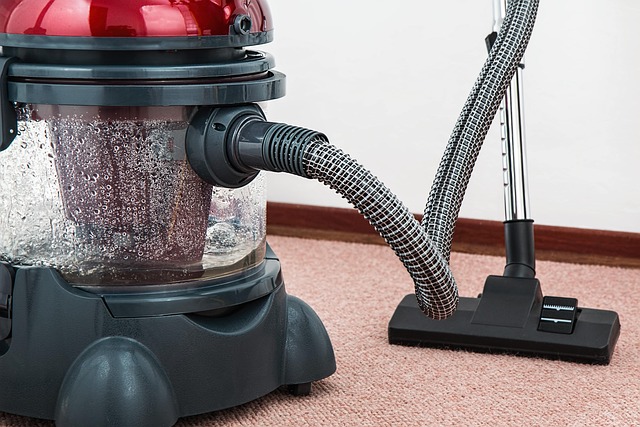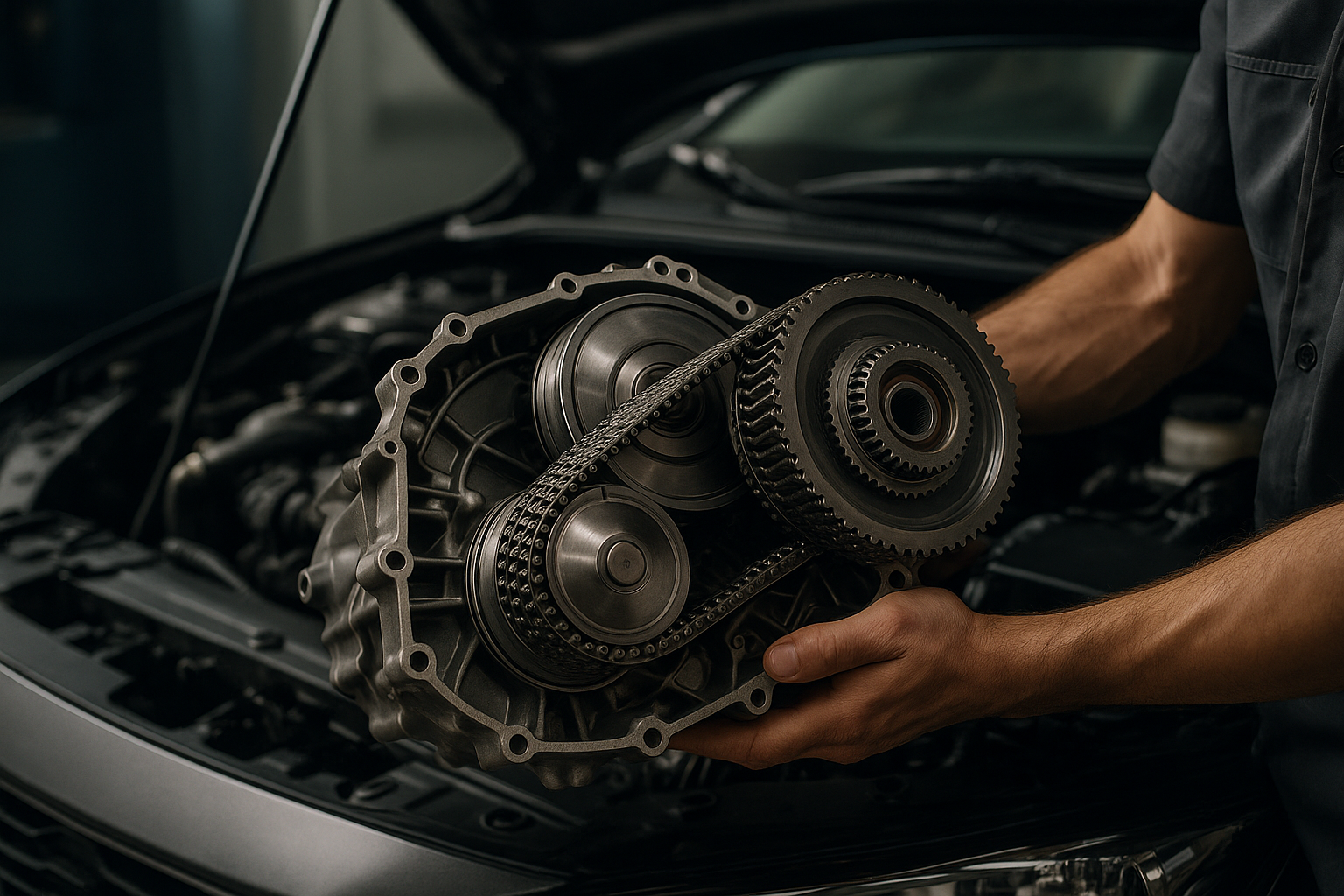The Ultimate Air Purifier Guide for 2025: Improving Home Air Quality
Cleaner indoor air can support comfort and well‑being at home, especially during allergy seasons or wildfire smoke events. This guide explains how modern purifiers work, what filter types do, how to size a unit for your rooms, and the upkeep needed to keep performance consistent. It is written for US households and focuses on practical, verifiable details.

The Ultimate Air Purifier Guide for 2025: Improving Home Air Quality
Indoor air carries a mix of particles, gases, and odors from daily life, cooking, cleaning, pets, building materials, and outdoor pollution. A well chosen purifier can reduce particle levels and certain smells, complementing ventilation and source control. This guide covers types of machines, how to match a unit to your space, what filters actually do, and the maintenance steps that keep performance steady across seasons in a typical US home.
This article is for informational purposes only and should not be considered medical advice. Please consult a qualified healthcare professional for personalized guidance and treatment.
Types of air purifiers
Most consumer models use one or more of these approaches. Mechanical filtration with a high efficiency particulate air filter captures fine particles such as dust, pollen, pet dander, and smoke. Activated carbon targets gases and odors from cooking or solvents. Some devices use electrostatic precipitators or ionization to charge particles so they settle or stick to plates, which requires careful cleaning and must meet ozone limits in the United States. UV based and photocatalytic features aim at microbes or gases but are typically supplemental and depend on contact time and design. Portable room units are the most common, while whole home options integrate with central HVAC through upgraded filters and sufficient airflow.
How to choose the right air purifier
Start with room size. Look for a clean air delivery rate that matches your square footage and ceiling height, aiming for several air changes per hour during allergy season or smoke events. Independent testing programs such as AHAM verification and state approvals for ozone safety, including California requirements, help you confirm claims. Check noise levels in decibels at low and medium settings for bedrooms and living spaces. Review energy use and automatic modes like particulate sensors, air quality indicators, and sleep mode. Consider filter availability and replacement intervals listed by the maker so you can plan upkeep over time. Finally, ensure the unit can physically fit where it will sit with clear intake and outlet paths.
Air purifier filters and their functions
A practical guide to understanding air purifier filters and their functions begins with the airflow path. A washable or replaceable prefilter captures hair and larger dust to protect the main media. True HEPA grade media is rated to capture 99.97 percent of particles at 0.3 microns, addressing fine particulate matter including smoke and many allergens. Some models use higher efficiency HEPA classes, which may reduce airflow if the fan is undersized. Activated carbon or other adsorbents target volatile organic compounds and odors; effectiveness depends on the amount of media and dwell time. Some filters include treated fibers for antimicrobial control, which does not replace regular changes. UV or photocatalytic stages vary in real world impact and should be considered supplemental. For central systems, higher MERV rated HVAC filters can improve whole home baseline filtration when the fan runs long enough.
How purifiers improve indoor air quality
Purifiers reduce particle concentrations by pulling air through media that traps contaminants. This can lower exposure to common indoor particles from pets, dust resuspension, wildfire smoke infiltration, and seasonal pollen. For gases and odors, only units with sufficient carbon or other adsorbent media can help. Purifiers do not remove carbon dioxide, radon, or moisture; ventilation, source control, and dehumidification address those issues. Best results come from combining good housekeeping, exhaust fans for cooking, sealing gaps that leak outdoor smoke, and operating the purifier at settings that deliver multiple air changes per hour while maintaining acceptable noise.
Air purifier maintenance and cleaning
Performance depends on clean filters and clear airflow. Vacuum or rinse the prefilter as directed, often monthly, to extend the life of the main filter. Replace HEPA media on the schedule suggested by the manufacturer, commonly every 6 to 12 months depending on use, pollution levels, and fan speed. Carbon filters may saturate faster and often need changes every 3 to 6 months to remain effective for odors. Wipe the intake and outlet grills to prevent dust buildup, and gently clean any optical sensor inlets with a dry brush or air bulb. Reassemble seals carefully so air does not bypass the filter. Keep at least a foot of clearance around the unit and avoid blocking it with furniture or curtains.
Conclusion
A well matched purifier can contribute to a cleaner indoor environment when used alongside ventilation and source control. Understanding core technologies, sizing by room and airflow, and the role of each filter layer helps you set realistic expectations. Consistent maintenance preserves performance and can also lower noise and energy use. With these fundamentals, you can choose a unit that fits your space, your comfort preferences, and your daily routine in a typical US household.




